Paycheck Slip Samples
-
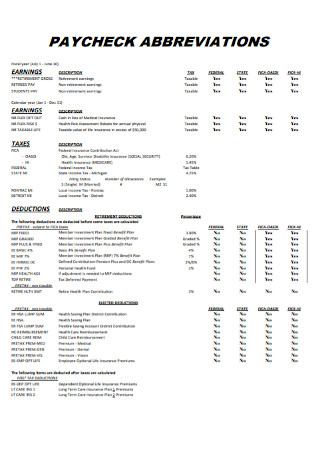
Paycheck Abbreviations Slip Template
download now -
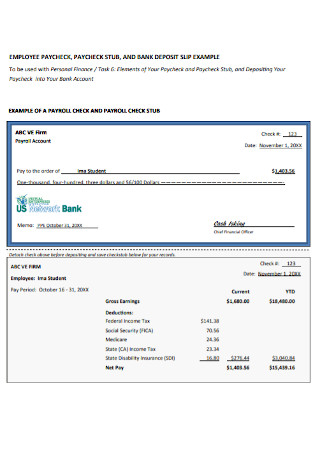
Employee Paycheck Slip Template
download now -
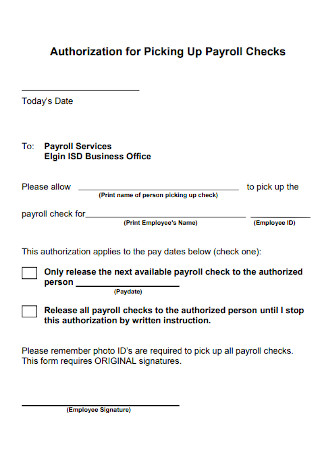
Authorization for Picking up Paycheck Slip Template
download now -
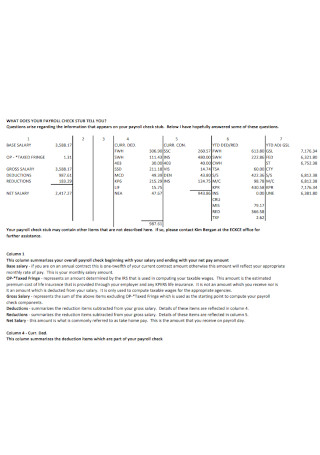
Payroll Check Stub Slip Template
download now -
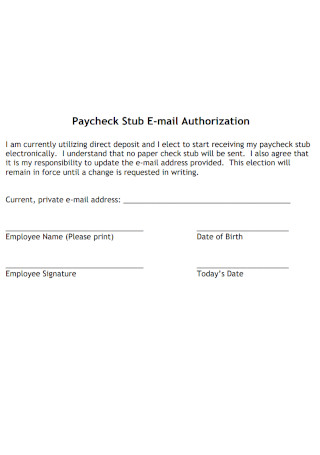
Paycheck Stub E-mail Authorization Template
download now -
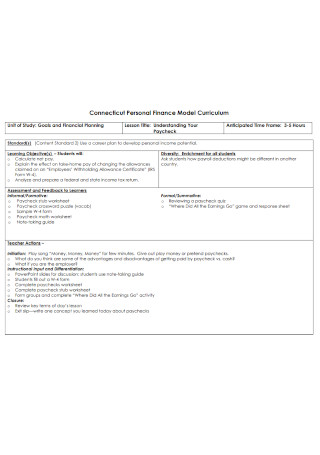
Personal Finance Paycheck Slip
download now -
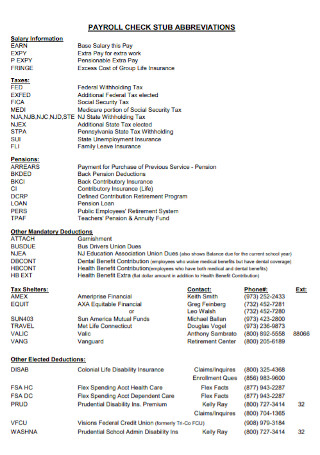
Pay Roll Check Stub Template
download now -

Paystub Pay and Leave Code Slip Template
download now -

Workday Paycheck Slip Template
download now -
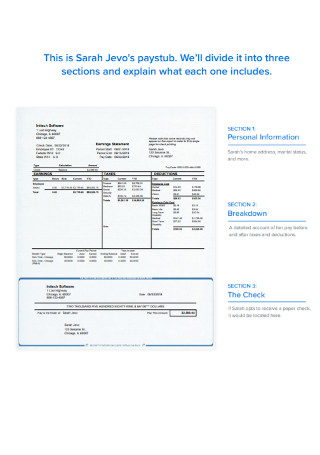
Sample Employee Pay Stub Template
download now -
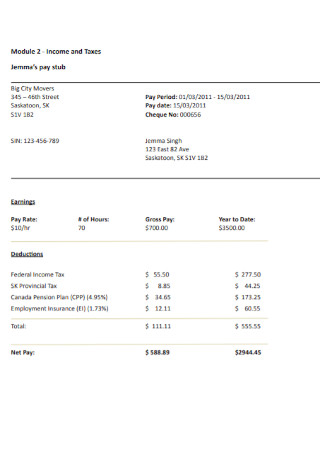
Pay Stub Income Tax Slip
download now -
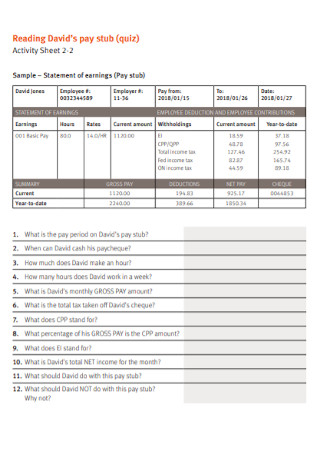
Sample Pay Stub Slip Template
download now -
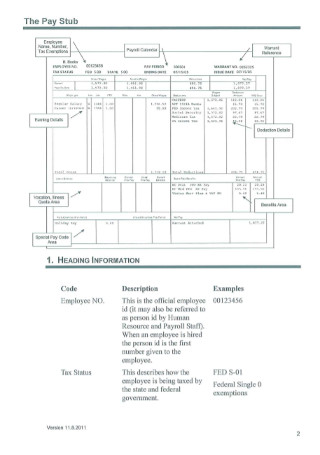
Pay Stub Training Slip Template
download now -
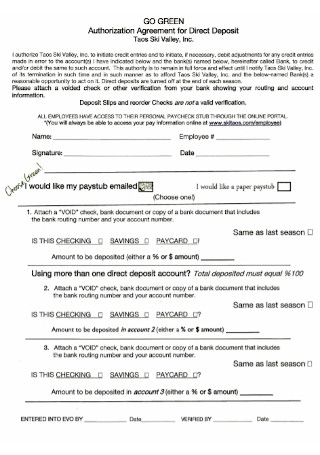
Business Direct Deposit Slip
download now -
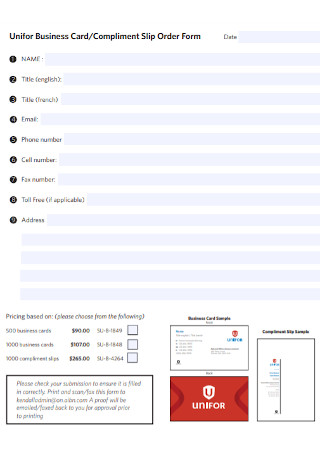
Business Compliment Slip Order Form
download now -

Official Business Slip Template
download now -

Business Account Deposit Slip Template
download now -
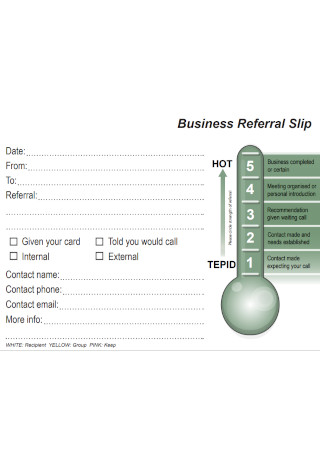
Business Referral Slip
download now -
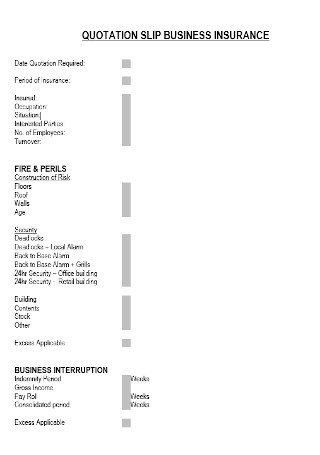
Business Insurance Quotation Slip Template
download now -
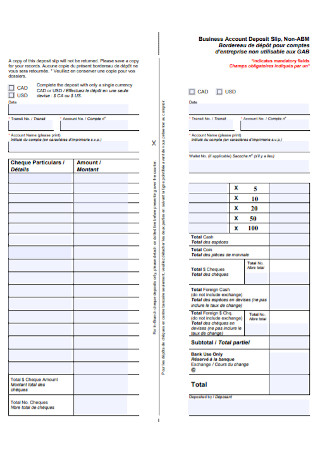
Sample Business Deposit Slip Template
download now
FREE Paycheck Slip s to Download
What Is a Paycheck Slip?
Paycheck Slip Samples
Elements of a Paycheck Slip
How to Write a Paycheck Slip
What Is a Paycheck Slip?
A paycheck slip also comes in different names, but it is the same thing. Some companies label it as a paycheque, pay statement, pay stub, or wage slip. Technically, it is a salary or payroll template on a piece of paper indicating various details regarding the benefits of the employee for a specific pay period. Several years back, before the boom of technology, payslips were in envelopes together with the pay money. Newsletters and other informational materials from the company are also folded and inserted in the envelope to disseminate details from the company.
The boom—and later on—the reliance of businesses on technological advancements gave birth to several innovations. It includes the usage of the wire transfer system, which is more commonly known as bank or credit transfer. This system dictates a direct transfer from one account to another. In this situation, the company directly transfers the particular amount of payment to the account of the employee. This new scheme also calls for the use of electronic payslips, which are sent through email. Such a process also lessens the hassle of printing and distributing pieces of paper. Eliminating this process reduces the chance of fraudulent activity, which was quickly done with the print version of the pay statement.
Elements of a Paycheck Slip
A legal document such as a paycheck slip should have several elements, such as the ones below, to have its legitimate bearing.
How to Write a Paycheck Slip
With documents as important as paycheck slips, it is important to use a single format in all dealings. Having a unified template makes it easier to transact in other business dealings such as applying for loans and financial deals. It then follows that there is a certain process on how to make an important document. It calls for proper construction and formulation to make it valid.
Step 1: Determine the Pay Period
It is essential to indicate the pay period in the paycheck slip. The pay period determines how often the employees are paid within a month. It varies depending on the discretion of the company. It comes in weekly, bi-weekly, semi-monthly, and monthly pays. The nature of the pay period is needed in computing the daily and hourly rate of an employee. Determining and releasing the overtime pay also requires a recurring period, which is recorded in the payroll system of the organization.
Step 2: Indicate the Basic Details of the Recipient
To ensure that proper compensation is provided to the right person, the payslip should contain the essential and necessary details of the employed person. These details are not limited to the complete name, job position, and Social Security number. The payslip should also indicate if the employee is an exempt or non-exempt employee. This classification determines the law-mandated pay and benefits that the employee should enjoy. To make sense of what these kinds of employees are, exempt employees have particular restrictions with regards to their compensation, as stated in the Fair Labor Standards Act (FLSA). These types of employees should work a specific type of job. Their jobs are mostly executive and administrative. With their job nature, another distinguishing factor of exempt employees is their daily rate. The FLSA indicates that their daily rate must be more than the minimum and that they are not entitled to overtime pay.
On the other hand, non-exempt employees receive the opposite benefits. The base pay is computed and determined according to federal law. Moreover, these employees are entitled to overtime pay for every additional hour of service they render for the company. This additional service should exceed the required hours of work within a week, which is forty hours. As a result of the benefit of having overtime pay, non-exempt employees do not have a fixed salary for every pay period. They can also receive their payment daily and not necessarily at the end of their designated payment schedule.
Step 3: Review Details with Employee Timesheet
To assure that what appears on the payslip and what the employees receive on payday are exact and accurate, it is best to review the employee timesheet. This step is especially needed for non-exempt employees who are required to punch in and out using their timecards since they are paid by the hourly rate. This document is also especially helpful in tracking the hours rendered for overtime work. Furthermore, double-checking with the timesheet can check the number of days the employee was present at work, which is useful for both exempt and non-exempt employees. Vacation leaves, sick leaves, and other particular kinds of leaves are also indicated in the timesheet. So, it is an excellent reference material when it comes to calculating the salary deductions that will also appear in the payslip.
Similar to the effect of technology on the innovation of digital paycheck slips, companies no longer rely on traditional employee timesheets, which are printed on long pieces of paper. Companies have employed experts to formulate a system that tracks the employees’ attendance behavior, which replaces the function of timesheets. This digital counterpart eases the process of tracking down possible discrepancies between the details on the timesheet and the paycheck slip.
Step 4: Calculate Additions and Deductions
Once all the preliminary steps are done, it is time to calculate the total sum that will be deducted from the gross pay of the employee according to its payment period. The primary deductions go to tax funds required by federal, state, and local laws. Taxes regulated by these laws are for the environment, the society, and the services offered to its stockholders. Another portion of the deduction is for the benefits package acquired by the company for its employees. It often includes health insurance, which covers medical, dental, and optical. Moreover, debts like from school or childcare responsibilities can also be deducted from the employee’s salary depending on the arrangements done by the company. As for the possible additions on top of the basic salary, these can possibly come from rendering overtime work. It can also be incentives from excellent productivity from the previous month.
Additional pay for a particular period can also result from back pay. Back pays may be from previously withheld salary or premium for accomplishing one specific project. It is optimal to provide a clear and detailed list of these items to uphold and maintain transparency. Practicing such trait strengthens the trust that employee has towards the company. This relationship can eventually lead to loyalty and belongingness to the company, which converts to a more extended stay in the organization.
Step 5: Determine Employee Take-home Pay
After listing down the essential takeaways from the employees’ gross pay, the net income of the employee for the payment period can be determined. The take-home pay should appear clearly on the piece of paper as it is considered essential information on the payment slip. It is also regarded as the last line of the document. For exempt employees, it is possible that their take-home payments vary from week to week or daily, based on when they want to gather their fee for their service. On the other hand, non-exempt employees have a relatively linear trend when it comes to their salaries. Their rates are more than the minimum, but it is based on other factors such as skills, experience, and educational attainment. Fluctuations in their salaries are often in the form of incentives or a bonus scheme devised by the company. In such cases, bonuses should also be clearly indicated in the computation on the payment slip.
